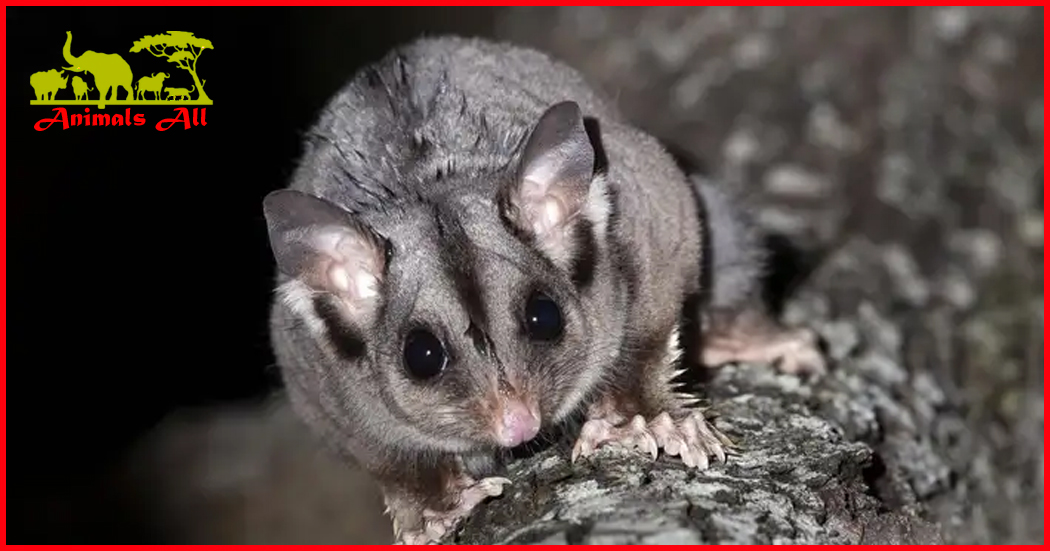
Sugar glider: Sleeping during the day and flying at night
Sugar glider is relatively small marsupials, usually between 20 and 120 grams. They have a slender, streamlined body, a pointed head, thin, pointed ears, and large, round eyes. They have slender limbs with thin, hairless webbed membranes between their fingers, which help them glide between branches.

Sugar gliders are usually brown or gray in color, but some species have different colors or markings. Their abdomens are cream or white. The gender difference of sugar gliders is not obvious in appearance, but males are usually larger than females. In addition, the scrotum of males is pink or light yellow.
The average lifespan of a sugar glider is about 5-7 years, but in captivity, sugar gliders can sometimes live for more than 10 years. Sugar gliders have a very unique life habits. They are marsupials that are nocturnal. Sugar gliders usually sleep during the day and become very active at night. They are arboreal animals, good at gliding, and often shuttle between trees.

Sugar gliders are social animals, usually living in groups. They are very territorial and will mark their territory with scent. During the breeding season, male sugar gliders will attract females by displaying their charm.
Sugar gliders are omnivores, which means they eat a wide range of food sources, including plants and animals. Their main food sources include flowers, nectar, fruit, insects, and small mammals. Sugar gliders prefer sweet foods, such as flowers, honey, and fruit, and they will also prey on small insects and animals. In the wild, sugar gliders are mainly active during the day, looking for food. They often move around in the tree canopy, looking for food such as flowers, nectar, and fruit. At the same time, they will also prey on small insects and other small animals.

The natural enemies of sugar gliders include many carnivores, such as cats, dogs, foxes, falcons, etc. These animals may prey on young sugar gliders or attack adult sugar gliders. In addition, some birds of prey and large cats will also prey on sugar gliders.
Male sugar gliders have two scent lines, one on the abdomen and the other on the top of the head, which are mainly used to mark territory. Male sugar gliders will use the scent line on the abdomen to repeatedly rub on the objects marking the territory, while the scent line on the top of the head is used to leave a mark on the chin of the female sugar glider.
Female sugar gliders begin to reproduce between seven months and one year old. Like other kangaroos and wallabies, sugar gliders are omnivores. They spend most of their time in trees, feeding on plants and insects. The gestation period of sugar gliders is very short, only about 16 to 18 days. The baby sugar gliders are born prematurely, and after they are born, they will instinctively crawl into their mother’s pouch, find the nipple and hold it tightly, and grow quietly. Generally

When kept as pets, sugar gliders require a spacious cage, adequate food and water, and appropriate toys and climbing frames. They also require regular cleaning and care to ensure their health and happiness.

